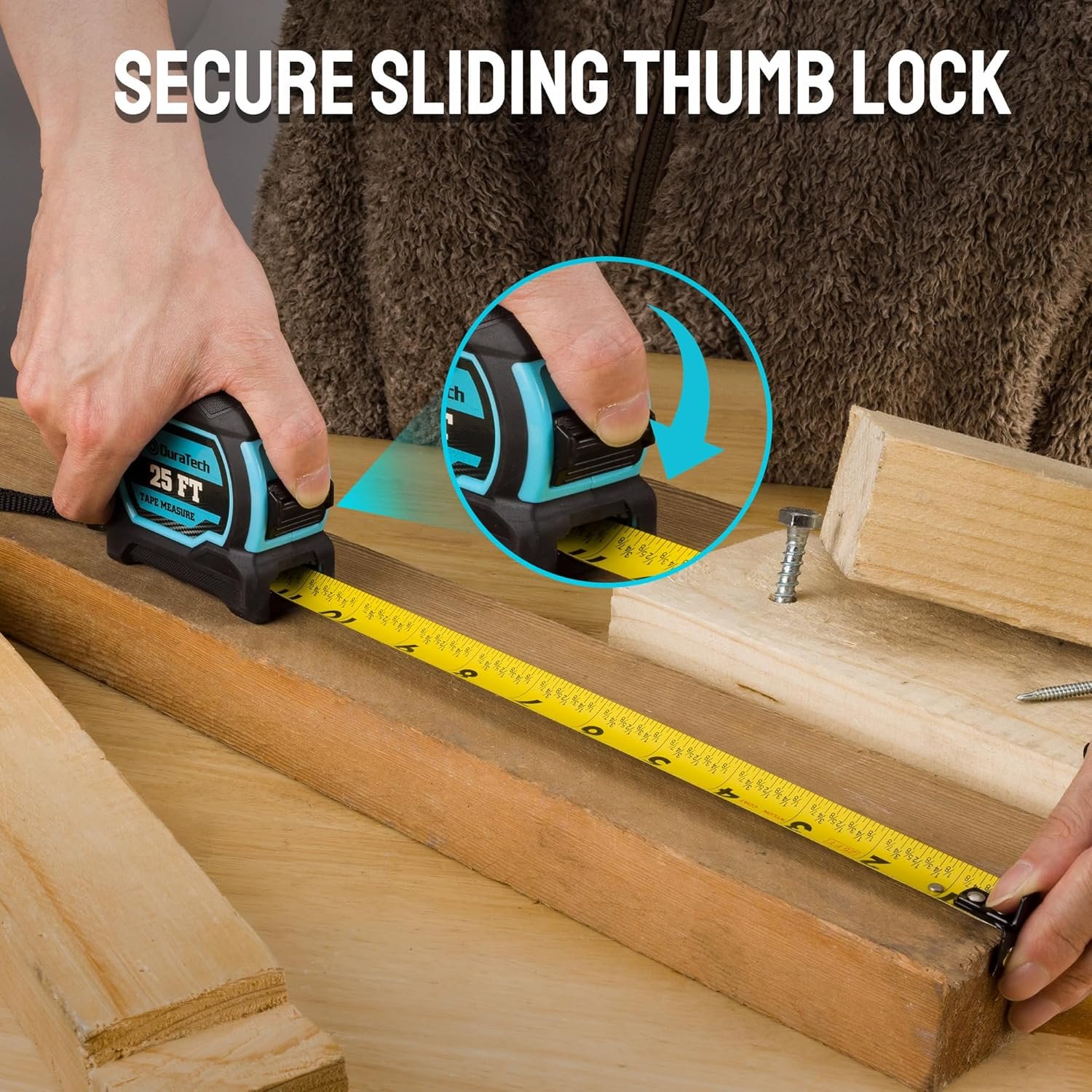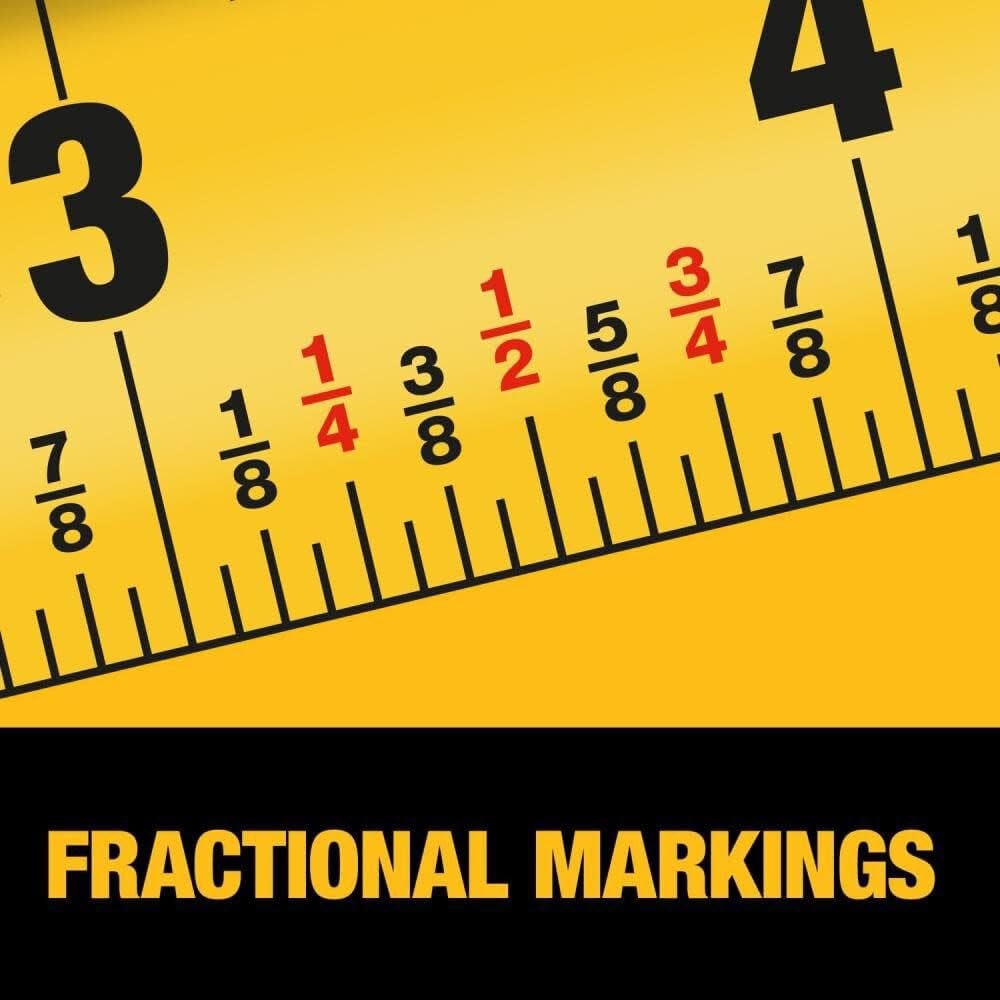Measuring tapes are essential tools for both professionals and DIY enthusiasts. However, like any tool, they can malfunction over time. If you find yourself with a measuring tape that won’t retract or has other issues, don’t worry! This guide will walk you through the steps to fix a measuring tape, ensuring it remains a reliable tool in your toolbox.
Understanding Your Measuring Tape
Before diving into repairs, it’s important to understand the basic components of a measuring tape:
– Blade: The flexible metal strip that measures length.
– Case: The outer shell that houses the blade and spring mechanism.
– Spring: The internal mechanism that retracts the blade when released.
– Hook: The end of the blade that attaches to objects for accurate measurements.

Common Problems with Measuring Tapes
1. Tape Won’t Retract: Often caused by a loose or broken spring.
2. Tape Stuck: Debris or damage may prevent the tape from moving freely.
3. Inaccurate Measurements: Worn markings or a bent blade can lead to errors.
Tools You Will Need
– Screwdriver (usually Phillips)
– Pliers
– WD-40 (for lubrication)
– Lint-free cloth
– Safety glasses (for protection)
Step-by-Step Guide to Fixing Your Measuring Tape
Step 1: Disassemble the Measuring Tape
1. Remove Screws: Use a screwdriver to remove the screws from the case of the measuring tape.
2. Open the Case: Carefully separate the two halves of the case. Be cautious as there may be tension in the spring.
Step 2: Inspect Internal Components
1. Check for Debris: Look for any dirt or hair that might be blocking the spring mechanism. Clean it out with a lint-free cloth.
2. Examine the Spring: Ensure that the spring is properly positioned and not rusted or broken.
Step 3: Fixing Common Issues
1. If the Spring is Loose:
– Reattach it to its central fixing pin.
– Wind it tightly in a clockwise direction until it feels secure.
2. If the Blade is Stuck:
– Check if it’s tangled or caught on something inside the case.
– Remove any obstructions and ensure the blade is aligned properly.
3. If the Blade is Damaged:
– Inspect for kinks, tears, or bends. If severe, you may need to replace the entire tape.
Step 4: Reassemble Your Measuring Tape
1. Carefully place all components back into their original positions within the case.
2. Align both halves of the case and replace all screws securely.
Step 5: Test Your Measuring Tape
Once reassembled, pull out some tape and release it to see if it retracts properly. If it still doesn’t work, you may need to repeat some steps or consider replacing internal parts such as the spring.

Maintaining Your Measuring Tape
To prolong the life of your measuring tape, consider these maintenance tips:
– Always retract your tape slowly to avoid damaging internal components.
– Keep your tape clean and dry; wipe it down after use.
– Store it away from direct sunlight and extreme temperatures.
Advanced Repair Techniques
For those who want to delve deeper into fixing measuring tapes, here are some advanced techniques:
Repairing a Broken Spring
If your measuring tape’s spring has broken, you can follow these steps:
1. Remove any debris around the spring area.
2. If possible, shape a new spring using metal wire of similar thickness.
3. Attach this new spring securely to its designated spot in the reel.
Dealing with Rusted Tapes
Rust can severely affect your measuring tape’s functionality:
1. Disassemble your measuring tape and remove any rust using fine sandpaper or a rust remover.
2. Apply a light coat of WD-40 on metal parts to prevent future rusting.
Calibration of Measuring Tapes
To ensure accuracy in measurements:
1. Compare your measuring tape against a known standard (like a steel ruler).
2. Check if the hook on your tape measure is bent; this can lead to inaccurate readings.
3. Regularly calibrate your measuring tools for consistent results.

Frequently Asked Questions
1. Can I fix a measuring tape that won’t retract?
Yes, most issues can be resolved by reattaching or replacing the internal spring.
2. What tools do I need to fix my measuring tape?
A screwdriver, pliers, and WD-40 are commonly required tools for this repair.
3. How do I know if my measuring tape is inaccurate?
Check against a known measurement; if there are discrepancies, inspect for damage.
4. Is it worth repairing an old measuring tape?
If it’s a quality tape and repairable, it can be more cost-effective than buying new.
5. What should I do if my measuring tape blade is damaged?
If there are kinks or tears, consider replacing the entire measuring tape as repairs may not restore accuracy.
@nx.tools Conventional steel tape measure products, in addition to customizable molds to meet your needs.
Conclusion
Fixing a measuring tape is often straightforward with a little patience and knowledge of its components. By following this guide, you can save money on replacements and keep your tools in top condition for years to come.
Additional Tips for Using Measuring Tapes
Using your measuring tape correctly can prevent many common issues:
– Always pull out only as much tape as you need to avoid unnecessary wear on both the blade and spring.
– When taking measurements, ensure that you are pulling straight out without any angles that could lead to inaccuracies.
– Use your thumb to hold down the button while retracting; this helps maintain control over how quickly or slowly it goes back in.
Final Thoughts
A well-maintained measuring tape is an invaluable tool for any project, big or small. Whether you’re working on home renovations or professional construction tasks, knowing how to fix common issues can save you time and money in the long run.
By understanding how your measuring tape works and performing regular maintenance checks, you can ensure its longevity and accuracy in measurements—essential qualities for any serious tradesperson or DIY enthusiast alike.

